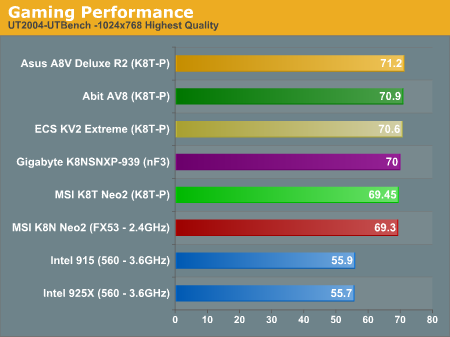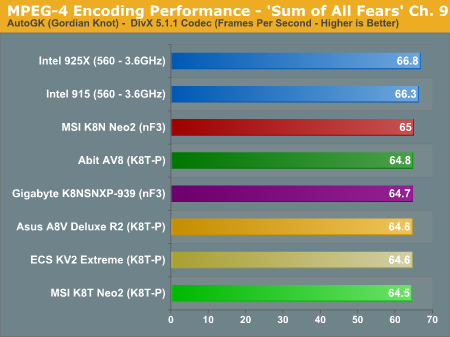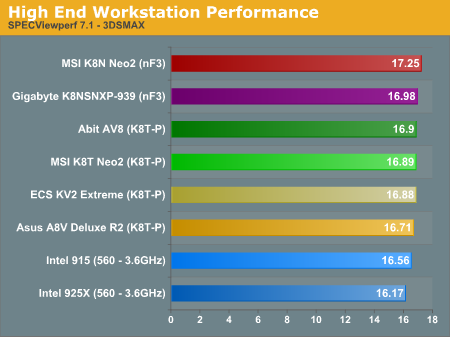Anandtech: Intel 925X: Exploring the Overclock Lock
Our early testing confirms what you may have already heard -- Intel has limited the overclocking on their new chipset to about 10%. In looking at boards from smaller or less savvy board makers, you simply can't overclock beyond 10% over specification. We first became suspicious of a lock because some Prescott chips are already overclocking as much as 50% and higher on Intel 875P systems. Given that fact, why should these same cores suddenly be such poor overclockers on 925X/915? The answer, of course, is that the chipset is different and it handles overclocking differently.
When an attempt is made to boot at more than about 10% on a 925X or 915, the system simply reboots or shuts-down. We have not been able to get any kind of official explanation from Intel, but board makers tell us that Intel has added an overclocking limiter that resets a PLL and reboots or shuts down the system if overclock attempts are made at speeds over about 110% of specification.



